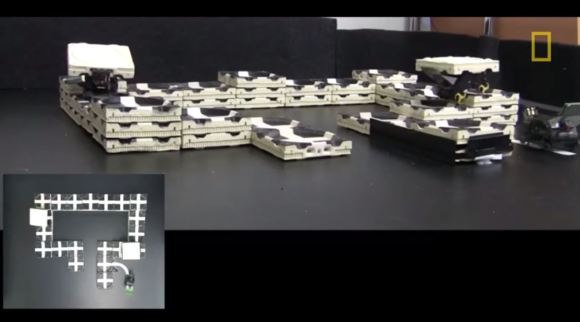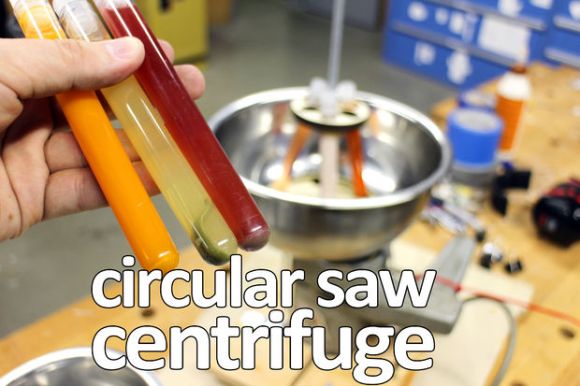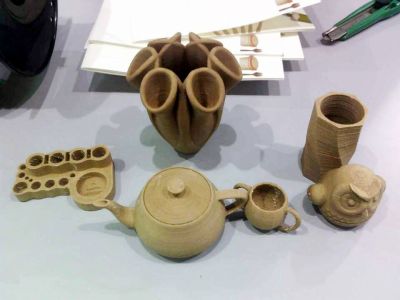
Termites, if you think about it, are actually quite amazing. They are capable of building massive complex structures without direct leadership. The Wyss Institute at Harvard is attempting to create robots that can act in a similar way.
Typically if you have a robotic assembly line, if one robot goes down, the whole line shuts down. If it’s an assembly line of people, and one person calls in sick — they still manage, because people are adaptable. What the Wyss Institute is researching is how to create robots that can work together, or by themselves, with one goal in mind — in this case, building a 3D structure.
In the following demonstration videos they show off their construction-bots assembling a building using basic building blocks. Each robot is completely independent — unaware of the other robots working the same task. It wouldn’t matter if you had one, or even 10 robots — the end result would be the same.
















